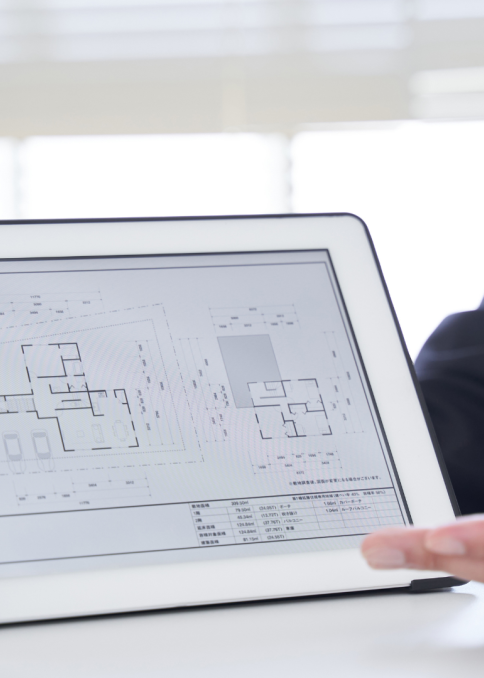In the field of real estate management, information is an essential resource, but it is crucial to know how to collect it, structure it, and especially utilize it optimally. Having a CAFM/IWMS tool and a CAD/BIM graphical source is not enough. The challenge lies in the data quality and its ability to serve FM processes in a strategic and sustainable manner.
At the heart of Facility data are the building plans. They form the reference source of spaces from which all information is structured. From the plans, areas, rooms, and workstations are deduced. Space assignments and actual occupancy management can then be developed. The inventory of strategic assets and critical equipment also refers to these plans.
All operational processes refer to the spaces.
Having structured, harmonized, and up-to-date BIM models or plans is essential for professional management of work environments and corporate real estate infrastructure.
Poor organization of graphical data can lead to inaccuracies in the location of equipment or the use of spaces, making it difficult to optimize operating costs or plan maintenance interventions. These inaccuracies can quickly affect all daily operations.

The cost of a workstation in Switzerland is estimated at around 15,000 CHF per year.
The carbon footprint of a workstation in Europe is estimated at 1.4 tonnes of CO2 equivalent per year.
Optimising space and occupancy is the primary lever for controlling costs and reducing the environmental footprint associated with corporate real estate. Achieving high-quality data does not require significant investment but rather good organisation and the right profiles.

In light of this, AREMIS recommends clarifying the management of graphical data (internal drawing office, methods, standardization norms, standardized tools) and implementing a space & occupancy management solution. This solution must have advanced graphical integration capabilities and offer functional modules that are directly integrated (occupant services app, inventory, maintenance management, reservations, risks, and compliance...).
AREMIS also recommends appointing key individuals whose role is to ensure the quality and consistency of the data, its use, and analysis (KPIs, dashboards) in order to maximize its benefits.



